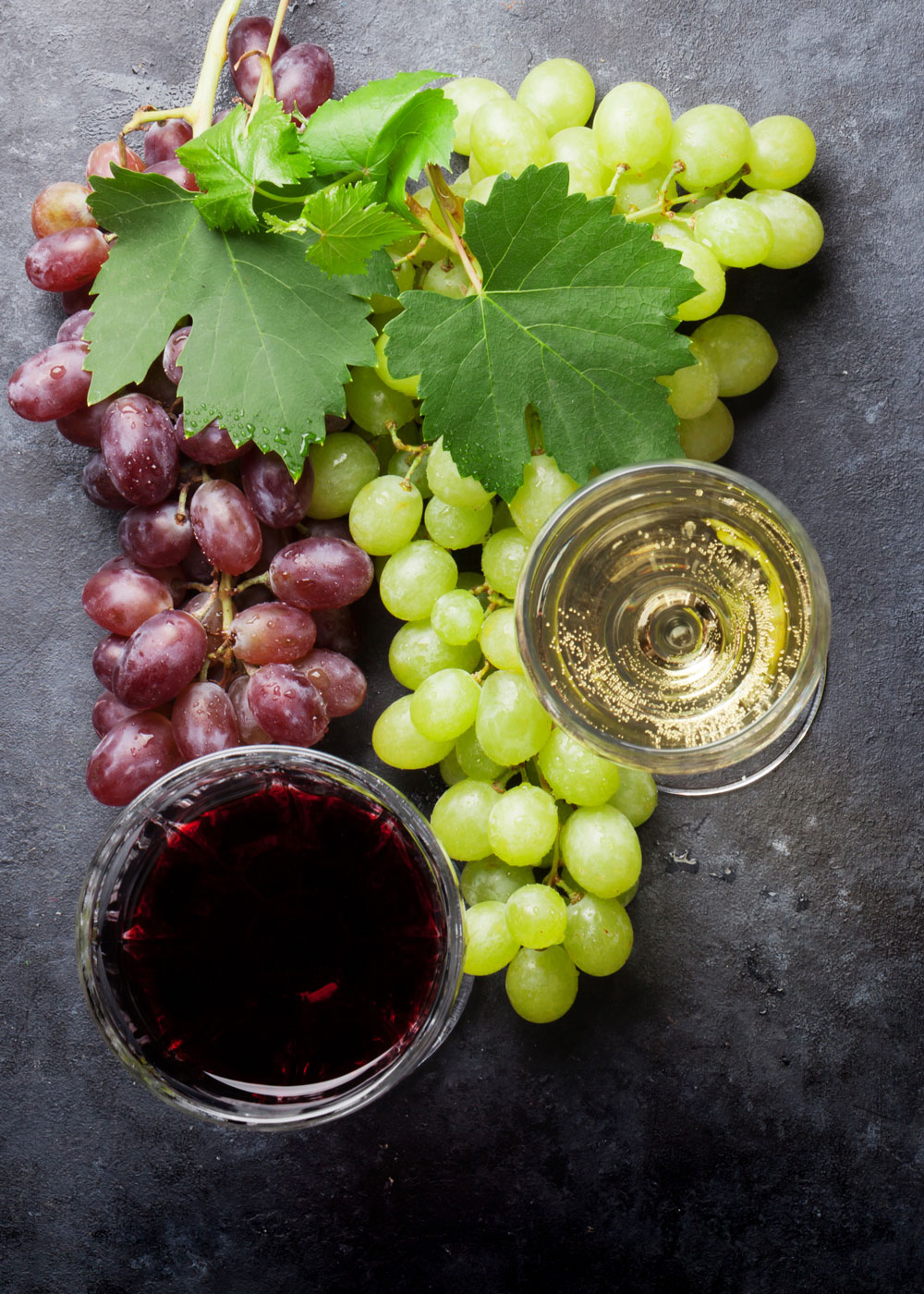I remember the first time I sat down for a wine tasting class. “Are we tasting wine or fruit?” I wondered. It seemed like we were talking more about fruit flavors than anything else but grapes never seemed to come up – ironic since they are the only fruit that wine actually contains! Since then, I’ve developed a habit of buying tasting fruit of various kinds whenever I run across something unusual at the grocery store or farmers market. After all, how am I supposed to know what passion fruit tastes like if I’ve never had it?

Why all the talk about fruit? Shouldn’t we just say something like “this Merlot tastes like a good red wine” without resorting to all the discussion of cherries, raspberries, and dried figs? The reason we talk so much about fruit in relation to wine is twofold, in my opinion. First, it allows us to communicate with each other – if we just talk about wine tasting like wine, there isn’t much to say. The second reason is that wine is an almost magical substance with flavors that can bear an uncanny resemblance to many thousands of other items from watermelon to kiwi. Why not talk about it? After reading this article, you should begin to feel more comfortable with all of the fruit-related conversation. Remember that wine tasting is subjective and personal. Everyone will taste and describe a particular wine a little differently.
Red Fruit
Sometimes a wine is simply described as having fruit flavors from a broad category, like “red” or “dark fruit.” This gives an idea about flavor characteristics without the need to be specific. Examples of red fruit include red cherry, raspberry, strawberry, red plum, cranberry, and red currant. Grenache, Pinot Noir, Gamay, and Sangiovese are all grapes known for their red fruit flavors that can vary from wine to wine.
Dark Fruit
Dark fruits are associated with grapes like Cabernet Sauvignon and Syrah. Examples include blackberry, blueberry, huckleberry, black plum, black currant, black cherry, date, and fig.
Citrus
Citrus is a broad fruit category often associated with white wine that ranges from lemon to bitter orange. Examples include lemon and lime, commonly found in many crisp whites and sparkling wines, to grapefruit found in New Zealand Sauvignon Blanc, and the mandarin orange characteristic of Gewürztraminer.

Orchard Fruit
Often found in Chardonnay and Champagne among others, orchard fruits are reminiscent of apple picking in the fall. Usually, the term refers to apple and pear flavors, but there are many varieties of each – the category is extremely varied, from granny smith to red delicious apples and sweet Japanese pears.
Tropical Fruit
Something of a catch all term, “tropical fruit” refers to examples as diverse as banana and lychee. Mango, papaya, passionfruit, and pineapple are also included in this category. Many wines have tropical fruit flavors, but whites are perhaps more likely.
Melon
A rather self-explanatory grouping, melons include fruits like watermelon, honeydew, and cantaloupe.

Stone Fruit
Stone fruits fall generally in the peach family and include nectarines and apricots as well. Stone fruits are found in many wines but are especially characteristic of Riesling.
Modifiers
Any fruit flavor can be modified with words like “dried,” “fresh,” “crushed,” “under-ripe,” “ripe,” “stewed,” or “candied” providing additional meaning to each of the descriptions that you might choose to use.



